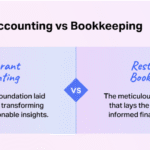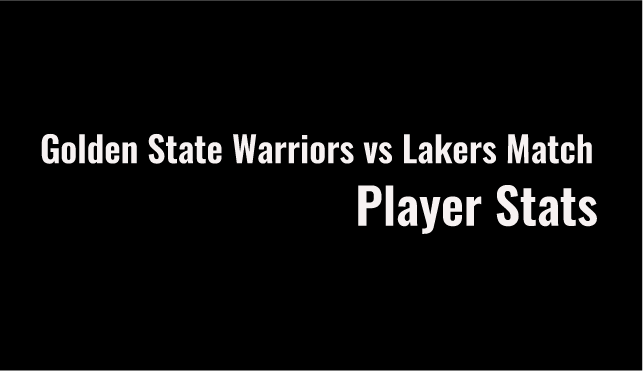The world of professional sports is thrilling, with its blend of talent, strategy, and the sheer unpredictability of human performance. One of the most exciting and nerve-wracking aspects of this world is the unsuccessful draft pick process. It’s a high-stakes gamble where teams invest in players they believe will lead them to victory. However, not all draft picks live up to their potential. This article delves into the phenomenon of unsuccessful draft picks, exploring what goes wrong and how teams can mitigate these risks.
The Draft Process
Before we dive into the tales of unsuccessful draft picks, it’s crucial to understand the draft process itself. The draft system allows professional sports teams to select eligible players, usually from college or amateur leagues, to join their ranks. This process is seen as a way to level the playing field by giving weaker teams the chance to pick top talents first.
Scouting and evaluation are critical components of the draft process. Teams spend countless hours analyzing players’ performances, interviewing them, and assessing their physical and mental attributes. Despite this thorough vetting process, some draft picks don’t pan out as expected.
Defining an Unsuccessful Draft Pick
What exactly makes a draft pick unsuccessful? Generally, it’s when a player fails to meet the expectations set by their draft position. This could be due to various factors such as injuries, off-field issues, or simply not having the skills to compete at the professional level.
High-profile examples include players like Ryan Leaf in the NFL and Sam Bowie in the NBA. These athletes were highly anticipated but failed to make a significant impact in their respective sports.
NFL: Ryan Leaf
Ryan Leaf was the second overall pick in the 1998 NFL Draft, chosen by the San Diego Chargers. Hopes were high, but his career was marred by poor performance and off-field issues. Leaf’s story is a cautionary tale about the pressures and expectations that come with being a top draft pick.
NBA: Sam Bowie
Selected before Michael Jordan in the 1984 NBA Draft, Sam Bowie is often cited as one of the biggest draft busts in basketball history. Plagued by injuries, Bowie’s career never reached the heights expected of a second overall pick.
MLB: Brien Taylor
Brien Taylor was the first overall pick in the 1991 MLB Draft by the New York Yankees. Despite his promising start, a shoulder injury derailed his career, and he never played a game in the major leagues.
NHL: Alexandre Daigle
Alexandre Daigle was the first overall pick in the 1993 NHL Draft. Despite his immense talent, he struggled to live up to the expectations and had an underwhelming NHL career.
Factors Leading to Unsuccessful Draft Picks
Several factors can contribute to a draft pick not living up to expectations:
Injuries
Injuries are perhaps the most common reason for a player’s career to derail. A promising player can have their potential cut short by a single injury.
Psychological and Behavioral Issues
The pressure of being a top draft pick can lead to psychological stress and behavioral problems. Some players struggle with the fame and expectations that come with their draft status.
Inadequate Skill Development
Even highly talented players need continuous development. Without the right coaching and support, their skills can stagnate.
Team Dynamics and Fit
A player might be highly talented but may not fit well with the team’s style or culture. This mismatch can hinder their performance.
Financial Implications
Drafting a player involves significant financial investment. An unsuccessful pick can be a costly mistake, tying up resources that could have been used elsewhere.
Team Performance and Morale
A failed draft pick can affect team performance and morale. The anticipation and subsequent disappointment can impact the entire team’s dynamics.
Long-Term Franchise Strategies
Teams may need to reassess their long-term strategies if a high draft pick fails. It can affect their rebuilding plans and future draft strategies.
Improving Scouting and Evaluation Processes
Teams continuously refine their scouting and evaluation processes to minimize the risk of unsuccessful picks. This includes more in-depth background checks and performance analytics.
Psychological Assessments
Understanding a player’s mental makeup is becoming increasingly important. Psychological assessments can help teams gauge how a player might handle the pressures of professional sports.
Emphasizing Player Development
Investing in player development programs ensures that draftees continue to grow and adapt to the professional level.
Enhanced Scouting Techniques
Teams are leveraging technology and advanced scouting techniques to gather comprehensive data on players.
Utilizing Analytics and Data
Data analytics play a crucial role in evaluating a player’s potential. Teams analyze various metrics to make informed decisions.
Investing in Player Development Programs
Continuous development programs help players adapt to the professional environment, improving their chances of success.
The Role of Luck in Draft Success
Despite all the planning and analysis, luck plays a significant role in draft success. Unpredictable factors such as injuries or personal issues can influence a player’s career trajectory.
Success Stories: Overcoming the Odds
While some players fail to meet expectations, others defy the odds and turn around their careers. These success stories serve as inspiration and a reminder that the draft is never a sure thing.
Conclusion
The world of draft picks is a high-stakes gamble with significant risks and rewards. While unsuccessful draft picks can be costly and disappointing, they also offer valuable lessons. By improving scouting techniques, investing in player development, and acknowledging the role of luck, teams can better navigate the uncertainties of the draft process.
FAQs
What is the most significant unsuccessful draft pick in history?
Ryan Leaf is often considered the most significant unsuccessful draft pick due to the high expectations and his dramatic fall from grace.
How do teams recover from an unsuccessful draft pick?
Teams can recover by reassessing their strategies, investing in other players, and refining their scouting and development processes.
Can a player labeled as an unsuccessful draft pick still have a successful career?
Yes, some players manage to reinvent themselves and have successful careers despite initial setbacks.
What role do analytics play in reducing unsuccessful draft picks?
Analytics provide valuable insights into a player’s potential, helping teams make more informed decisions.
How do psychological assessments impact draft decisions?
Psychological assessments help teams understand a player’s mental resilience and ability to handle pressure, which can be crucial for success.












